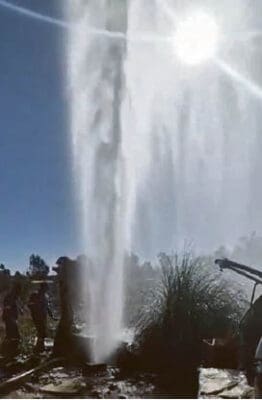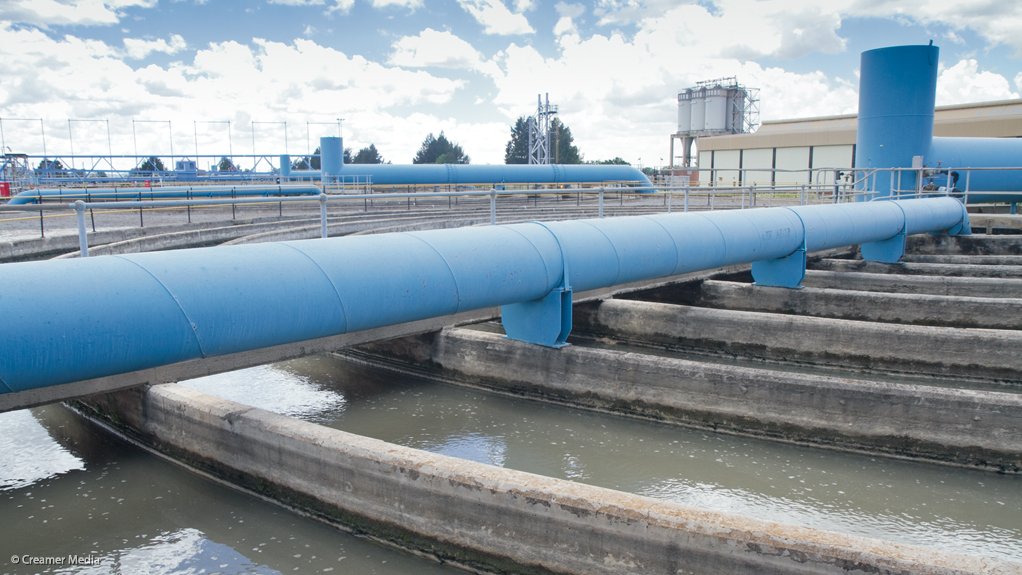Encroachment on Rand Water servitudes is a growing concern that poses significant risks to public safety and the provision of water services. Encroachment refers to the act of constructing buildings or erecting structures on or near the pipelines that make up Rand Water’s vast infrastructure network. This area, known as the servitude, is specifically designated to allow maintenance and access to the high-pressure pipelines that transport water to communities. While encroachment may seem like a convenient way to use available land, it comes with grave consequences that can affect both the safety of residents and the reliability of water supply.

Building on or near Rand Water servitudes is prohibited due to the potential dangers posed by the pipelines themselves. These pipelines carry water under high pressure, and a rupture could lead to catastrophic results. If a pipeline bursts, the force of the pressurized water can cause extensive property damage, destroy structures, and even result in fatalities. The destruction can be immediate and widespread, especially if the burst occurs in a densely populated area. The risks associated with encroaching on these servitudes are not limited to property damage alone; they extend to the health and safety of the entire community.
Identifying Rand Water servitudes is crucial for preventing illegal construction in these sensitive areas. The servitudes are marked by beacons—rectangular, solid concrete markers that are painted blue and white. These beacons serve as clear indicators that Rand Water’s infrastructure lies beneath the ground. Unfortunately, many residents may not be aware of these markers or their significance, leading to the construction of buildings too close to the servitudes. The lack of awareness about the dangers of encroachment exacerbates the risk, leaving communities vulnerable to the potential fallout from pipeline failures.
When structures are built on or near Rand Water servitudes, it becomes increasingly difficult for the utility company to access the pipelines for regular maintenance or emergency repairs. This lack of access can disrupt the ability to service the pipelines effectively, which in turn can lead to water outages. The longer a pipeline goes without proper maintenance, the greater the likelihood of a malfunction or burst. Communities that are built on or near these servitudes are at heightened risk of experiencing water disruptions, which can lead to significant inconvenience and even health risks for residents.
The impact of encroachment goes beyond just maintenance challenges. It compromises the ability of Rand Water to ensure a continuous and reliable supply of clean, safe water to residents. If the pipelines are not regularly serviced, the infrastructure can deteriorate, increasing the likelihood of failures that affect large numbers of people. When communities are deprived of water due to these issues, it affects daily life, from basic sanitation to the functioning of local businesses. For these reasons, encroaching on Rand Water servitudes not only endangers homes and lives but also undermines the essential services that residents rely on.
The message is clear: do not build or live close to Rand Water beacons. These markers are there for a reason—to protect residents and ensure that water infrastructure remains functional. Encroachment may seem like a harmless use of land, but in reality, it jeopardizes public safety, water supply, and the integrity of essential services. By respecting the boundaries of Rand Water servitudes, communities can help prevent disasters and ensure that clean water continues to flow safely to all.

1 comment
h5tft3